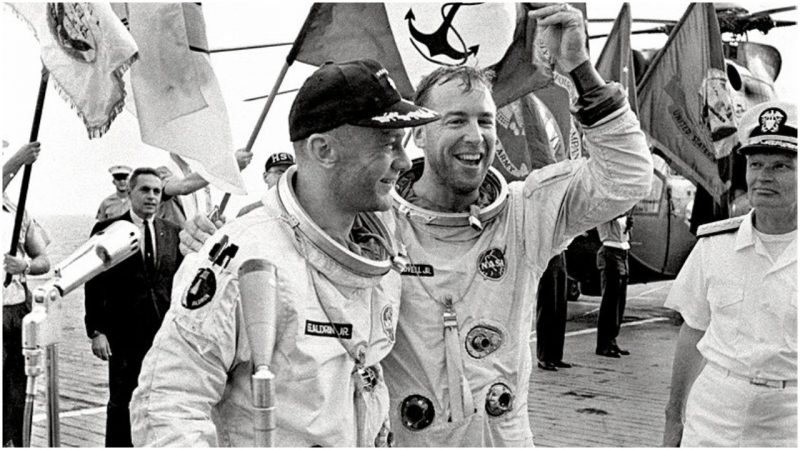The year was 1953. The sun was setting over the expanses of the Pacific. A silvery crescent moon wouldn’t rise for another four hours. Jim Lovell, of future Apollo 13 fame, was a carrier-based pilot with the United States Navy who was faced with a life and death decision.
His instruments had just failed. He knew that if he didn’t bring his plane, an F2H Banshee, in for a safe landing on the USS Shangri-La, he might end up sleeping with the fish that night.
Desperate for options, Lovell radioed his flight chief to ask for the relative location to the USS Shangri-La, where he planned to land his plane. After discovering that his aircraft was flying directly towards the stern of the carrier, he realized he was facing two dangers.
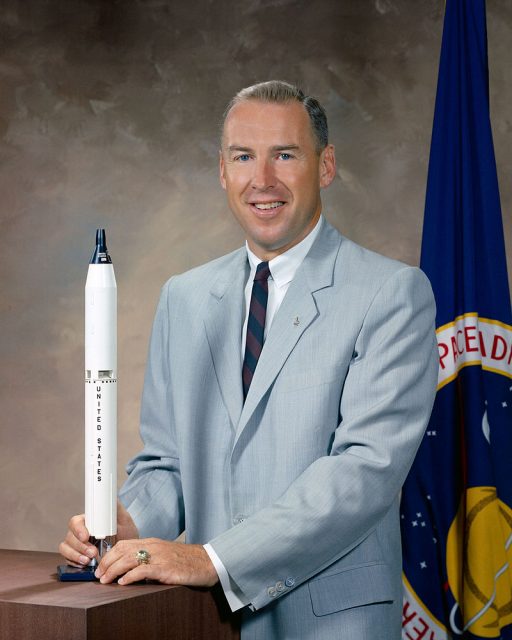
If he flew in too low, he’d fly directly into the stern, breaking his plane into pieces. If he flew in too nigh, he’d overshoot the landing hook which was designed to catch, slow and stabilize his plane. Since Jim was traveling towards the carrier at 30 to 40 knots, a crash landing wasn’t an option, and neither was overshooting his landing hook.
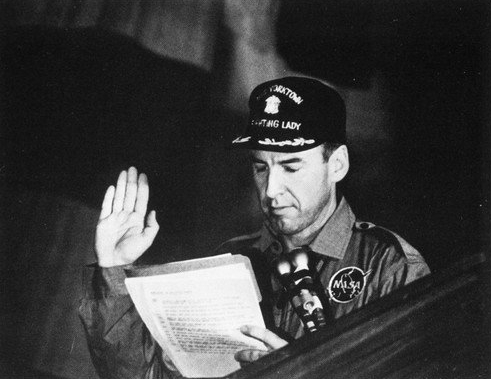
He would need to make a surgically precise landing, with zero visibility and no instruments. On top of this, Jim lost radio contact and was now flying completely blind. That’s when he noticed a faint, ethereal glow in the shimmering and darkening water.
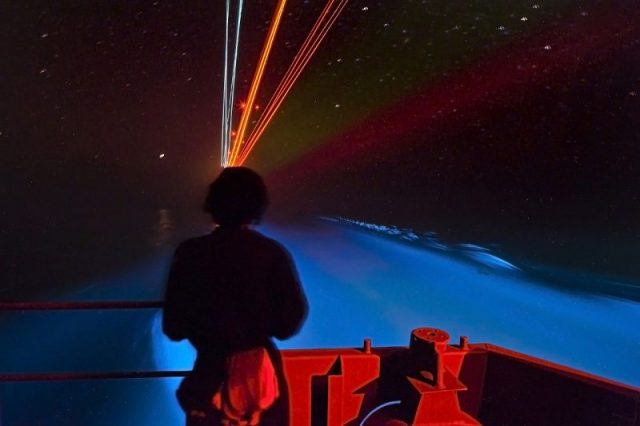
Lowell recognized this as the phosphorescent glow of planktonic algae that lived in the Pacific. The carrier’s giant propeller had stirred up the flowing organisms, leaving a stream of pale, bioluminescence in its wake. The closer he got, the more brightly the cloud of planktonic algae glowed.
Legends Of Aerospace: Neil Armstrong
This was all Lowell needed. Using the soft, green light as his guide, Lowell held his plane steady and brought it in for a safe landing on deck of the USS Shangri-La. Little did he know that this miraculous landing would prepare him for what would later become the most challenging mission of his life.
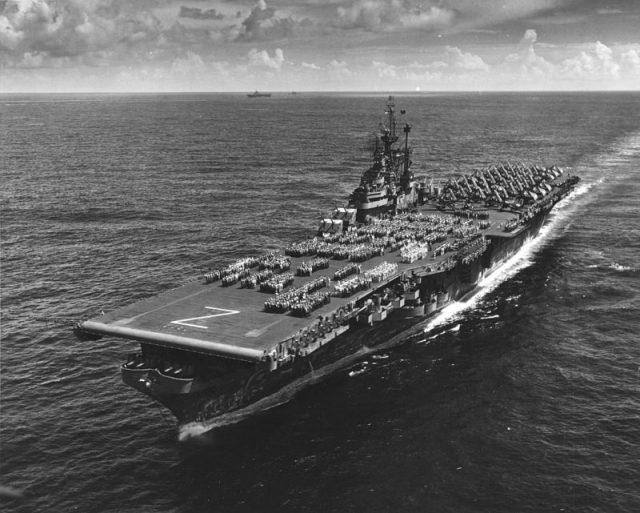
According to a story published in the April-May issue of Air & Space magazine, Lowell had been dispatched to Moffett Field in California. He made his first carrier landing six months later, just off the coast of Japan.
“I told the skipper, ‘You know, I’m still having a little trouble flying in the daytime, and you want me to go out at night?’” Lovell said, recalling his experience of the mission in a 1999 interview with NASA.
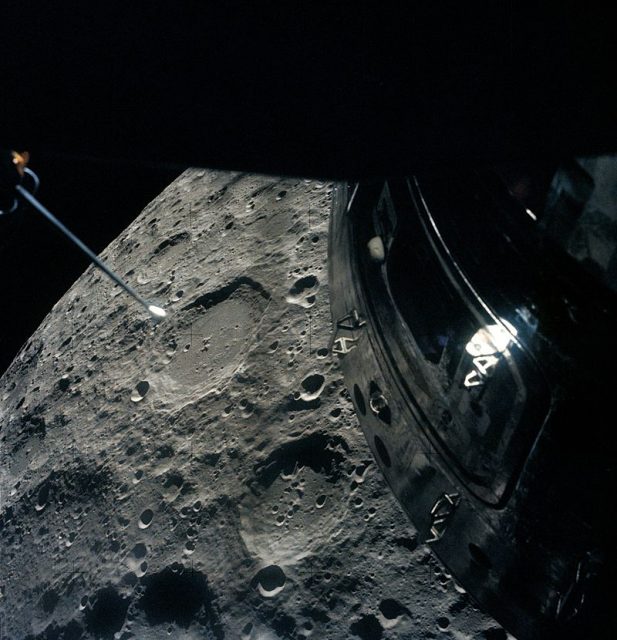
In spite of his humble reticence, Lovell would go on to complete more than 100 successful carrier landings. In April 1970 Lowell would pilot the Space Shuttle for the now-infamous Apollo 13 mission.
The mission inspired the 1995 Oscar-winning movie Apollo 13, which features a riveting scene where the shuttle’s cryogenic oxygen system failed. The crew spent four nail-biting days working with NASA’s ground control, in a desperate attempt to return the space shuttle home.
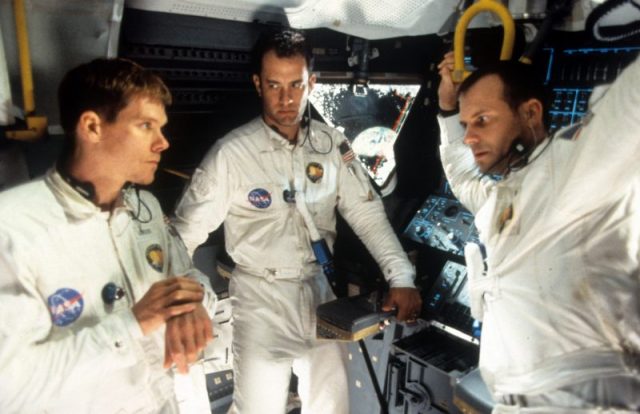
Upon realizing his slim odds of returning safely to earth, Tom Hanks, who played Lovell in the movie, remembered his near-perilous flight on the darkening Pacific, and the soft bioluminescent glow that had guided him to a safe landing. This gave Lovell the inspiration to keep his crew hopeful and sane until the mission was completed.
Later, Lovell would become the first man to make two trips to the moon. He also received a Lifetime Achievement Award from the National Air and Space Museum in 2016. At the close of his career, he had collected 7,000 flight hours, including 715 hours in space and 4,500 in jet aircraft and had participated in four NASA space missions.
